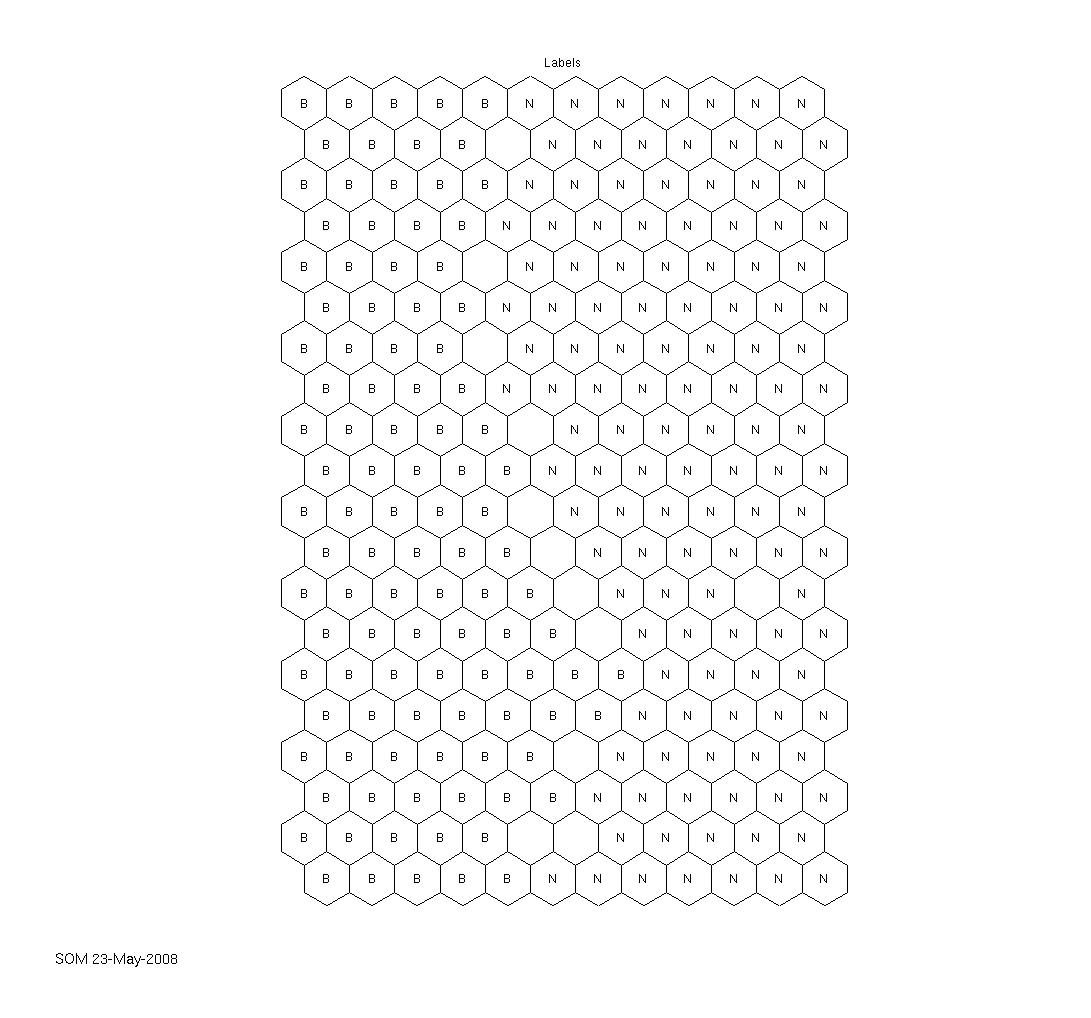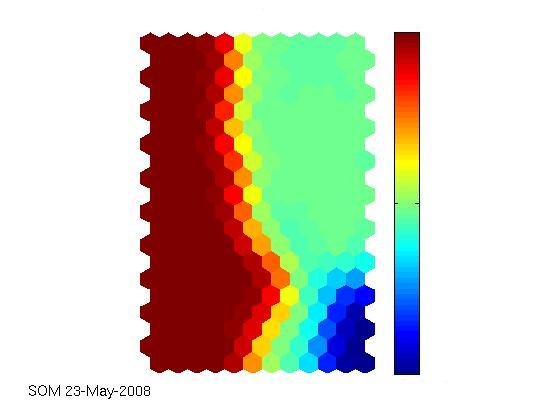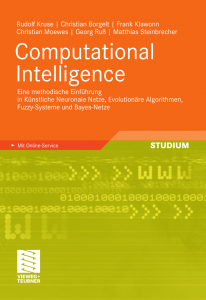My final slides for IPMU 2008. My presentation is scheduled for Thursday, June 26th, in the „Applications II“ section. The corresponding paper can be downloaded at our working group’s publication database.
Seiten
Kategorien
- agriculture
- conferences
- data mining
- Deutsch
- English
- Environmental Data Mining
- go8-coop
- ICDM 2008
- ICDM 2009
- ICDM 2010
- ICDM 2011
- ICPA 2010
- IDA 2009
- IDA 2010
- IEEE-ICDM10
- IFCS 2009
- IFIP AI-2008
- IPMU 2008
- IPMU 2010
- MLDM 2009
- neuroscience
- personal
- R
- SGAI AI-2007
- SGAI AI-2008
- SGAI AI-2009
- sports science
- Uncategorized
Our recent book
 Data Mining et al — RSS feed
Data Mining et al — RSS feedMeta
Slides / talk information IPMU 2008
Paper draft for SGAI AI-2008
In this post I referred to an upcoming paper that we were preparing for submitting to the SGAI AI-2008. The paper is currently in the reviewing process. If you’re interested, the draft can be downloaded from our research group’s publication database. Feel free to read it and leave your comments in this blog.
Slides for IPMU2008 [draft]
My slides for IPMU 2008, at least as a draft, as the conference is still some days away.
Creating slides for IPMU2008
Recently, I was looking up one of the sensor attributes that I’m using in my data sets (REIP32) and the google search responded with exactly six hits, of which the first and third referred to this very blog. The second hit yielded a presentation of Peter Wagner, who happens to be the head of the working group at Martin-Luther-University of Halle-Wittenberg that I received the data from. Since I’m preparing slides for my end-of-month talk at IPMU2008 and if someone wants to see a thorough view on what work has been done so far in this area, have a look at his slides (pdf, 2.5MB). My talk is likely to meander along the same lines, but I’ll probably emphasize the data mining and modeling aspects.
I will probably also show the talk and my slides to the students in next week’s exercise courses, just to give them an idea of what can be done with neural networks. It helps me in explaining and it fits perfectly, since the course is on „Neural Networks“ anyway.
Erneut Zeitungsartikel zu „Precision Farming“ in FAZ
In der heutigen Ausgabe (03.Juni 2008) der F.A.Z. findet sich erneut ein Artikel zum Thema Precision Farming (PF), diesmal auf Seite T6 im Teil „Technik und Motor“. Viel Neues steht für mich persönlich nicht drin, eine kurze Zusammenfassung:
- kurze Einleitung mit der Begründung der Notwendigkeit von PF
- recht häufige Erwähnung von Claas
- Erwähnung des Crop Meters, eines Pendelsensors, der den Widerstand der Halme mißt und daraus auf den Bestand schließt
- Beschreibung eines Parallelfahrversuchs
- Erwähnung von GPS mit lokalem Korrektursignal
- Dienstleistungsmodell: elektronische Datenerfassung, Ertrags- und Erfolgskontrolle, Dokumentation
SOM further ideas
At the moment we’re in the final stage of preparing one paper that presents our SOM research from recent months on the agriculture data. Future ideas will probably (at least in part) result from exploiting the SOM toolbox further. Some hints as to what’s possible can be found in the gallery.
Matlab and colormap
For the SGAI-2008 conference paper it is required that the figures are in black-and-white. I can’t just convert the color figures into b/w because the color maps are wrecked and dark parts in SOMs that were clearly distinguishable before are the same shade of black after the conversion. The som_show function in the SOM toolbox has a colormap parameter. As it turned out, as usual, there’s just one more thing to do to generate the figures in a gray-scale colormap, using Matlab’s colormap function:
som_show(sM, [... more parameters ...],'colormap',colormap(gray))
Matlab and savefig
When generating some figures for a paper, I was looking for an easy way to save figures the way I wanted them. There are some limitations within Matlab’s built-in functions for that. My solution is to use the savefig script by Peder Axensten, which is available from the Mathworks‘ site at Matlab Central. It may save some time for you, too. Peder also has authored further (probably useful) scripts.
Using the SOM toolbox with agricultural yield data
The technical report that I linked to in the latest article is really comprehensive. Together with the supplied iris dataset (that can, of course, also be obtained elsewhere), the SOM toolbox works well and out-of-the-box, as expected. Seems as if the agricultural yield data we have are really interesting and can be visualised appealingly. The first labeled map shows the clustering capability of the SOM. There have been two fertilization strategies on the field where the data come from, simply named „B“ and „N“ here. The second map shows how much fertilizer has been used on the field, from low (blue) to high (red) values. The correlation between the labels and the colored map is obvious. Nevertheless, the ultimate goal still is to try to outperform a neural network in predicting the current year’s yield from sensor data and historical data and, along the way, identify indicators of a field’s heterogeneity.


Read the rest of this entry »
Vesanto’s SOM toolbox for Matlab
It turned out that Vesanto’s SOM toolbox for Matlab is very well written and works right out-of-the-(tool)box. It’s advisable to read the documentation and the technical report (.pdf). And it’s really worthwile to try one of the matlab examples which is some kind of tutorial on how to work with the SOMs.
Read the rest of this entry »
Data Mining et al is powered by WordPress | Using Tiga theme with a bit of Ozh + WP 2.2 / 2.3 Tiga Upgrade
